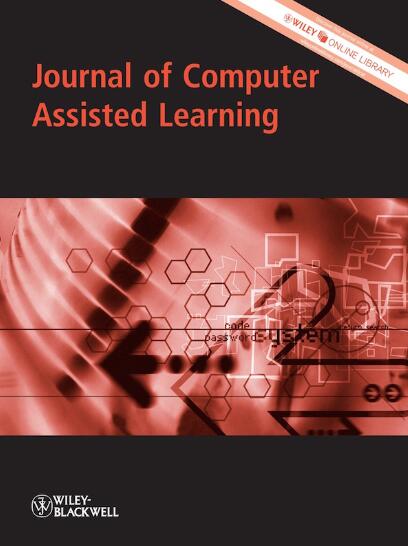Video conferencing technology has moved online education into a new stage of real-time video interaction. However, shortcomings such as students' lack of concentration and substantive engagement during video conferencing greatly limit the improvement of online learning effectiveness. According to social presence theory and the community of inquiry model, the on-camera presence of instructors and students may effectively enhance the learning outcomes in video conferencing.
The effects of instructors' and students' on-camera presence on social presence, learning satisfaction and learning performance in video conferencing were investigated.
We selected 244 university students as participants and employed a between-subject experimental design with two levels of instructors' camera (on/off) and two levels of students' camera (on/off).
(1) Learning performance was better when students turned on their cameras compared to when they did not. (2) The level of social presence was higher when students turned on their cameras than when they did not. The interaction effect between instructors' and students' camera use was significant, indicating that when instructors turned off their cameras, students' social presence was higher when they themselves turned on their cameras compared to when they did not. However, when instructors turned on their cameras, students' use of cameras did not significantly impact social presence. (3) Learning satisfaction was higher under the condition where students turned on their cameras compared to when they turned them off. It is recommended that students appear on camera during video conferencing, as this can increase social presence and learning satisfaction, ultimately improving their learning performance.


